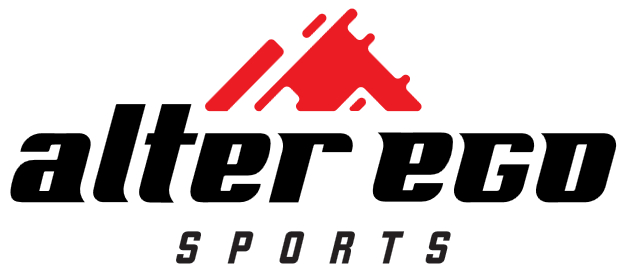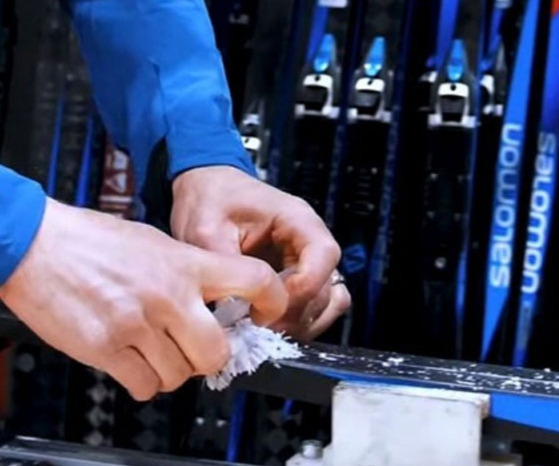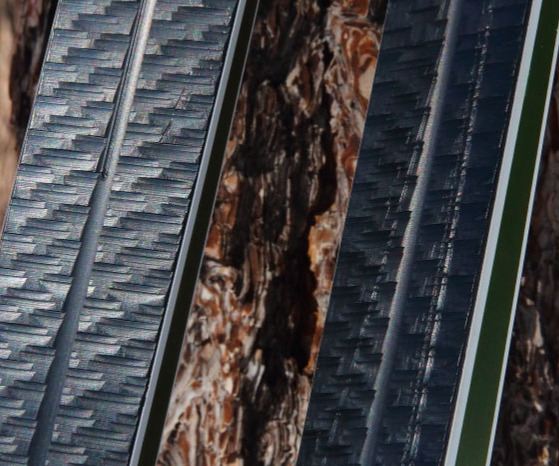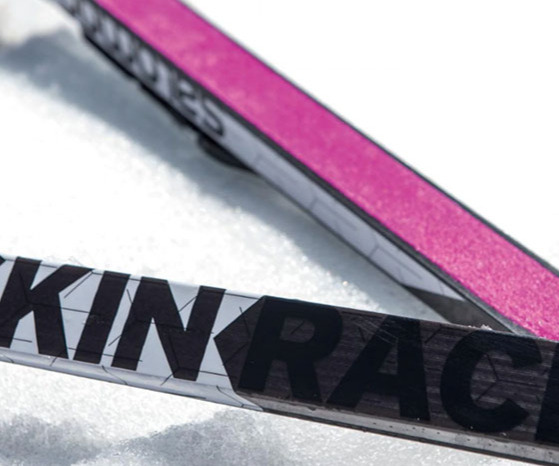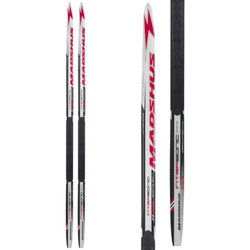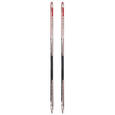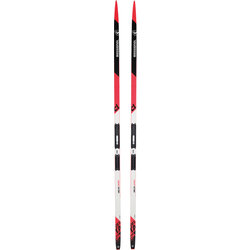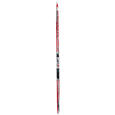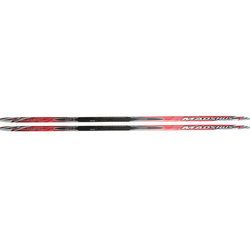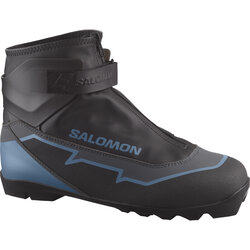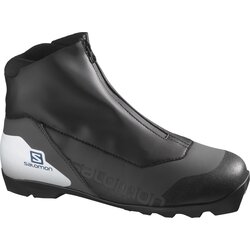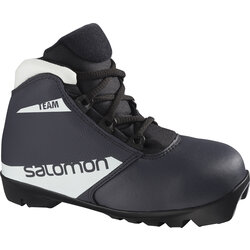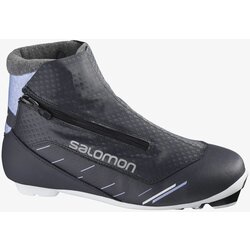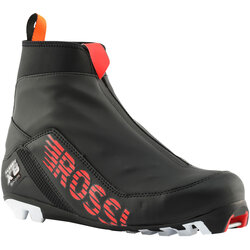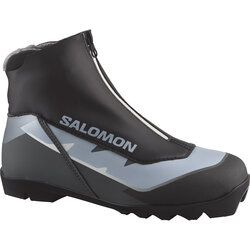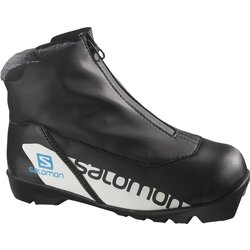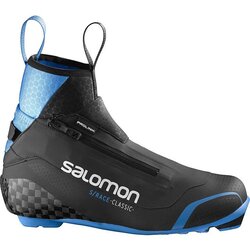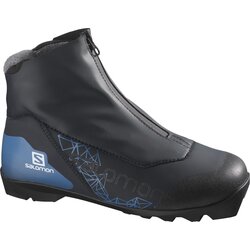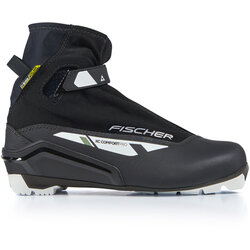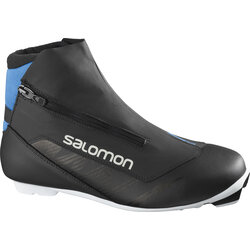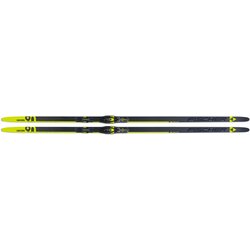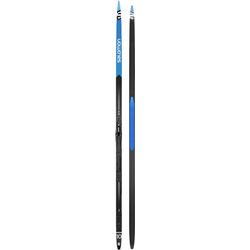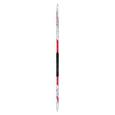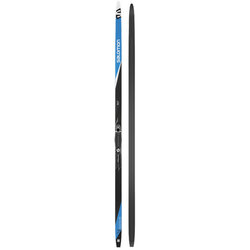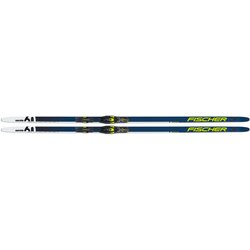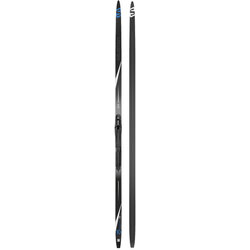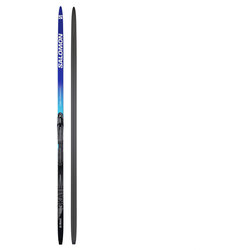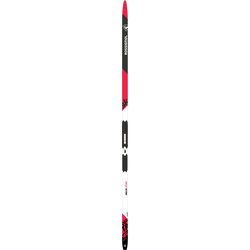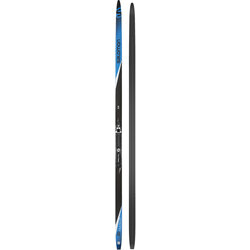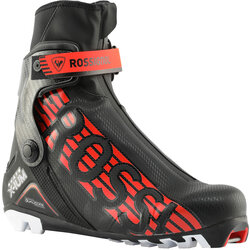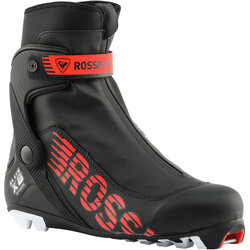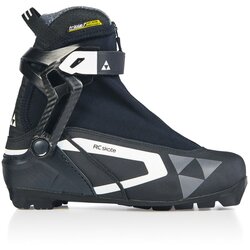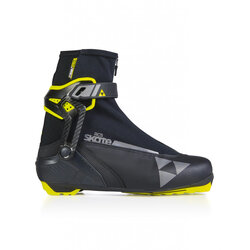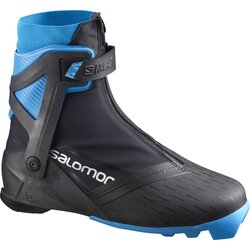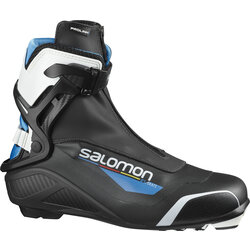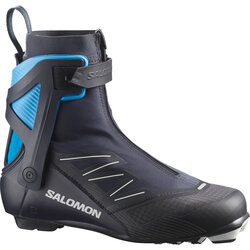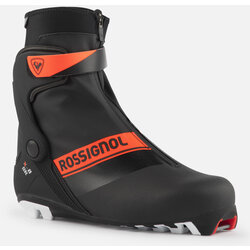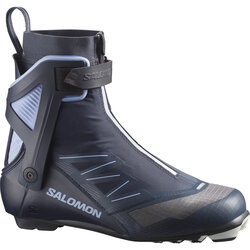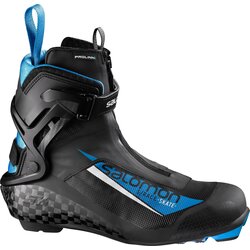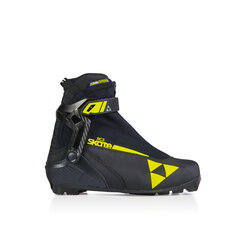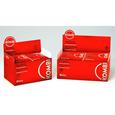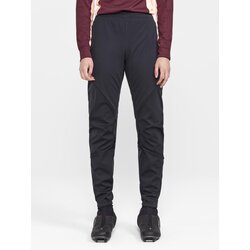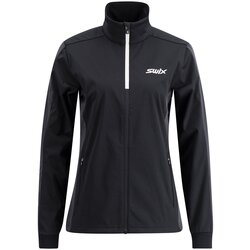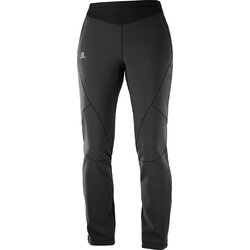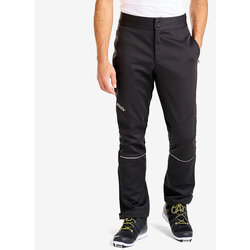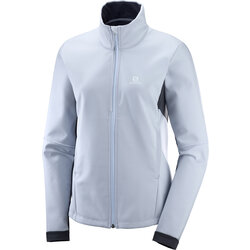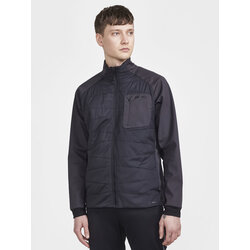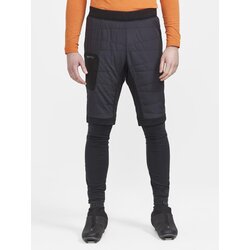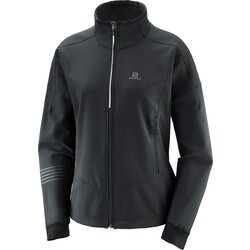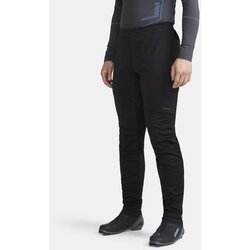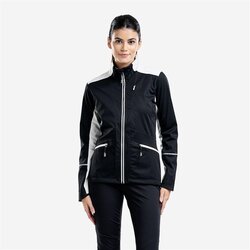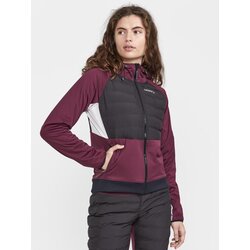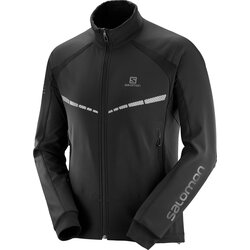START WITH THE RIGHT GEAR
The key to success lies above all in the choice of equipment. In Nordic skiing, it is important select your equipment according to your ability and fitness levels, as well as your height and weight.There are two main styles of nordic skiing; classic and skate.
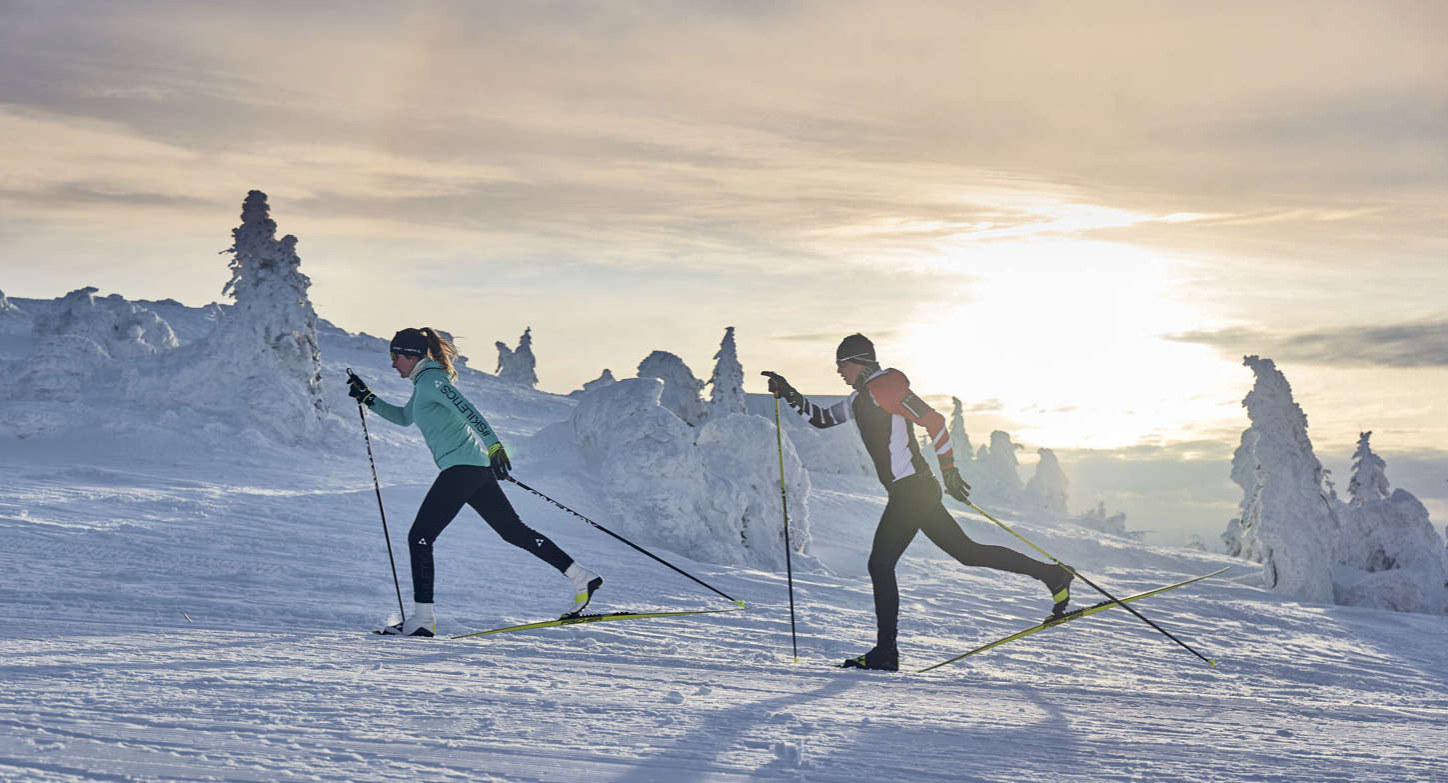
CLASSIC
Classic is mostly practised on groomed trails, usually in-track but you can go backcountry classic skiing as well. A minimum of amount of work on technique is required to begin enjoying the sport, though speed and enjoyment will increase as strong technique is developed. Everyone can find their own pace based on their physical abilities and level of endurance or experience.
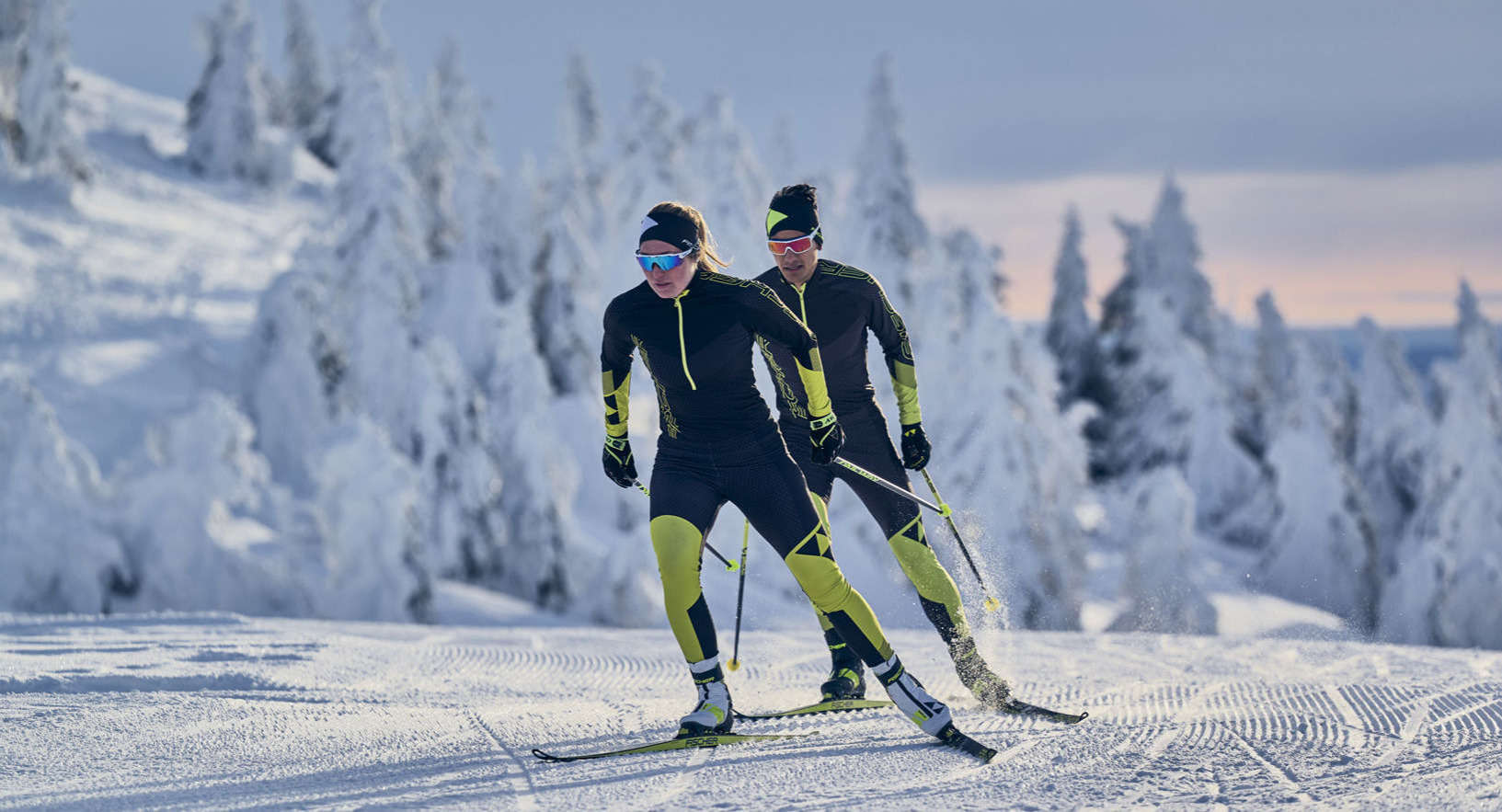
SKATE
Skate Skiing is closer to rollerblading and ice skating and can be practised on groomed areas and prepared snow. It requires some abilty and technique when starting, in order to glide with a ski as flat as possible. Everyone must find their own pace according to their physical abilities, his or her level of endurance or experience.
NOT SURE? TRY COMBI SKIS
Combi skis are dual use, they can be used for skating or classic style.
CLASSIC STYLE
Whether practised very intensely or in a quieter style like going for a walk, the “fitness” aspect of this activity is appealing to more and more skiers. This very accessible technique offers a great compromise between skiing and snowshoes for nature lovers and outdoor enthusiasts. Don’t forget to warm-up by adopting a slow initial pace and increasing your pace gradually.
CHOOSE THE RIGHT BASE
A classic cross-country ski base is split into different zones, a glide zone is found at the tip and tail of the ski, and a kick zone (or grip zone) in the middle, under your foot. While the glide-zone of the ski The principal of the classic technique is to push down on this kick zone and slide forward. This is known as ‘diagonal stride’.
There are 3 types of kick zones on cross-country skis:
- Waxless cross-country skis (fishscale) are recommended for an easy ride or if you are a beginner
- Waxable skis are mainly used by advanced skiers and for competitions
- Skin cross-country skis are easy to use and allow you to progress quickly
WAXABLE
In order to achieve "grip" wax is applied to these skis. If you decided to go with waxable skis, you will need to know how to add and remove kick wax, and a bit about snow conditions in order to identify the right wax. This type of ski offers optimal glide for skiers seeking fun while targeting performance.
SCALE
Easy to use, these skis will satisfy those skiers that aren’t seeking for the highest levels of performance. They work by stamping a "fish-scale" pattern into the snow and then gripping against it. Good for beginners, with the major benefit of no specific maintenance or waxing and the most entry level price point.
SKIN
This ready-to-ski concept, adapted to modern life, brings a new dimension to classic skiing and provides you all the pleasure of skiing.
The synthetic mohair that makes up the skin is especially good at gripping icy snow, where a traditional no-wax (fish-scale) base might slip.
CLASSIC BOOTS
Selecting the right boots is crucial for maximizing your success and your enjoyment of nordic skiing. If you are a beginner or novice skier and you choose the wrong boot or wrong size, you may have a hard time getting the flex your need to ski efficiently. Your boots must also match the binding system on your skis. There are 2 prevalent systems. Industry standard is NNN but your may have skis with older bindings using the Pilot or Profil systems. If you are only buying boots, know which system is mounted on your skis before your start your shopping.
SKATE STYLE
Skate skiing requires access to an area with groomed tracks. You will also need skate-specific equipment for this style of skiing. Rather than gripping the snow with a kick-zone, like in the classic style, skate ski technique involves the skier pushing off the ski's edge to gain traction.
Skate skis are more rigid and more responsive than classic skis. Torsional rigidity (preventing the ski from twisting) is a quality that is needed in skate skiing as it allows the skier to push off their edges. A stiff flex also promotes the pushing and gliding movement.
If you’re just starting out, we suggest using a more flexible ski, this enables the ski to lie flat on the snow and is less unforgiving if you lose your balance. A beginner’s ski will help you to improve your technique.
For a more advanced skier, a more responsive and rigid ski can be used. Stiff skis perform better at high speeds and are great for improving your glide.
SKATE SKI BOOTS
Boots for skate style are designed differently compared to classic boots to accommodate the difference in movement pattern between skate and classic skiing. In skate, the ankles are significantly more loaded, so skate boots are designed with a more rigid and higher ankle brace, which can be made of either plastic or carbon.
Also, skate boots differ from classic cross country ski boots in that they have a stiff sole. This means that you can kick off with the entire sole, where you in classic style kicks off with only the forefoot. Through this, you gain more power in your kick.
Get the Most Out of Every Outing - Dress Right
If you are new to the sport, don't make the mistake of over dressing. Cross-country skiing is a highly aerobic activity that can generate a lot of body heat. Your clothing needs to protect you from the elements while allowing sweat to quickly move away from your body so you don’t overheat. Even in our often harsh climate lighter layers will be your best strategy for staying dry and warm. Read more about layering below.
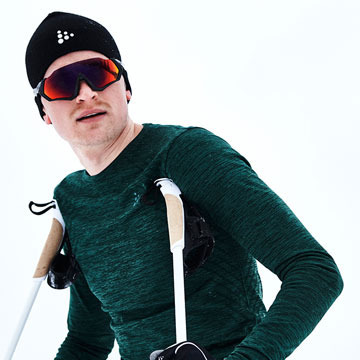
Base Layer
MOST CRITICAL LAYER
The first layer you wear is the most critical. High performance base layers, pull moisture away from the skin and allow it to disperse it to outer layers. Damp garments draw precious heat away from your body. Even in conditions above freezing, rapid heat loss can cause a dangerous drop in your body's core temperature. Most manufacturers offer base layers in light, medium, and heavy weights.
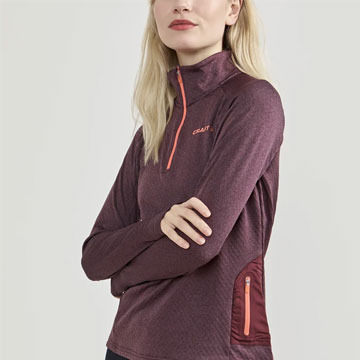
Insulating layer
CHANGES BASED ON CONDITIONS & ACTIVITY
The main function for mid-layers is to provide insulation. This layer must also be able to continue the transportation of moisture from your base layer. Look for fabrics and fibers that work to slow heat loss and help to retain the warmth generated by your body. Both merino wool and synthetics are well suited to this because the structure of the fibres creates small air spaces that trap molecules of warm air.
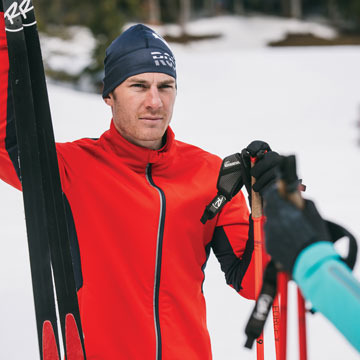
Protective Layer
GUARD AGAINST THE ELEMENTS
Your top layer should protect you from the elements while allowing air to circulate and excess moisture to escape. A shell made of a breathable and waterproof fabric, such as Gore-Tex, will protect you from wind and rain, and allow water vapour to escape.
Insulated jackets and pants provide extra warmth in extreme conditions or allow you to forgo wearing a mid layer in some conditions.
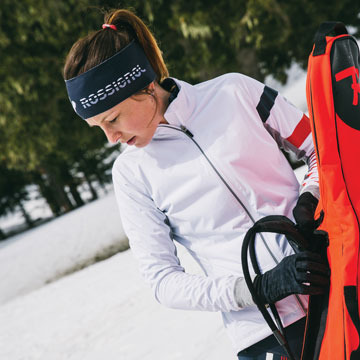
Accessories
SMALL DETAILS. BIG DIFFERENCE.
Finish off your kit with a neck gaiter, hat, and gloves. Lightweight options with no fleece are best, except on extra cold days when you might want additional insulation. Opt for gloves over mittens. Unlike downhill skiing, proper cross-country form requires you to grip your pole each time you plant it and then release the grip as your follow through your stride, which means you need good dexterity—and mittens are like hot prisons for your fingers.
